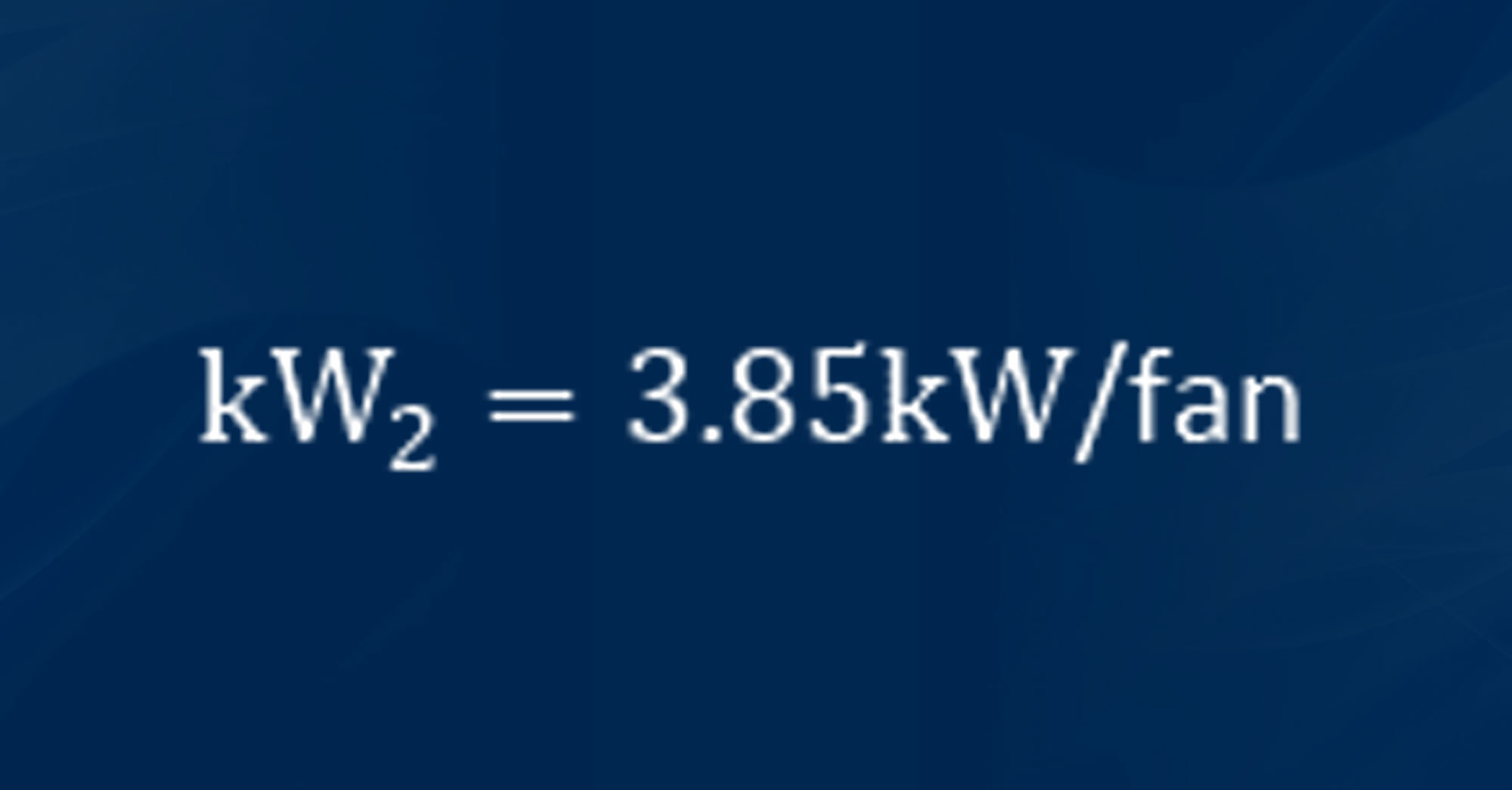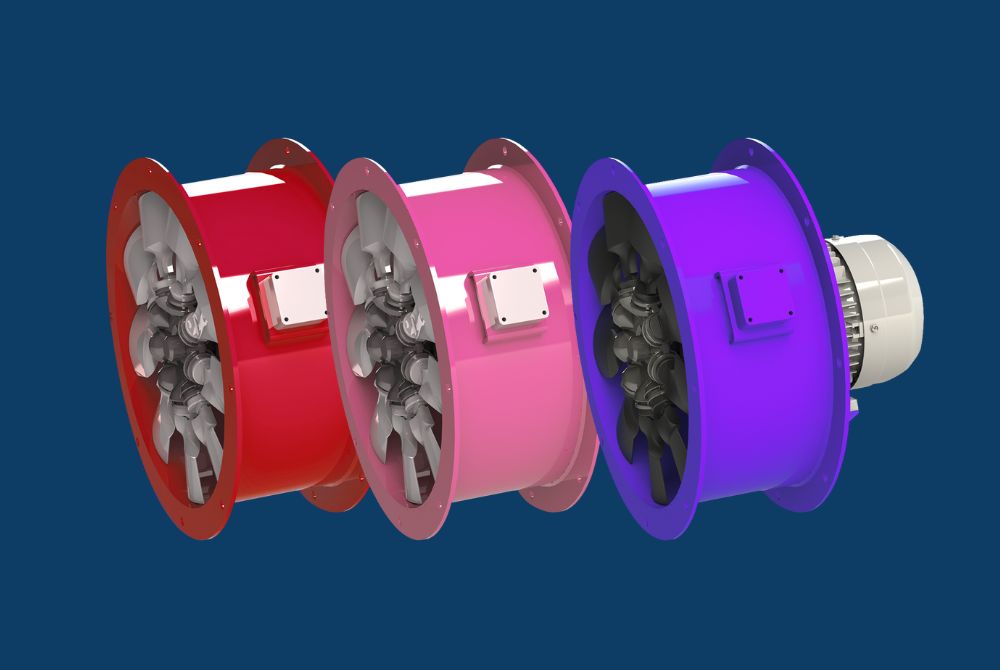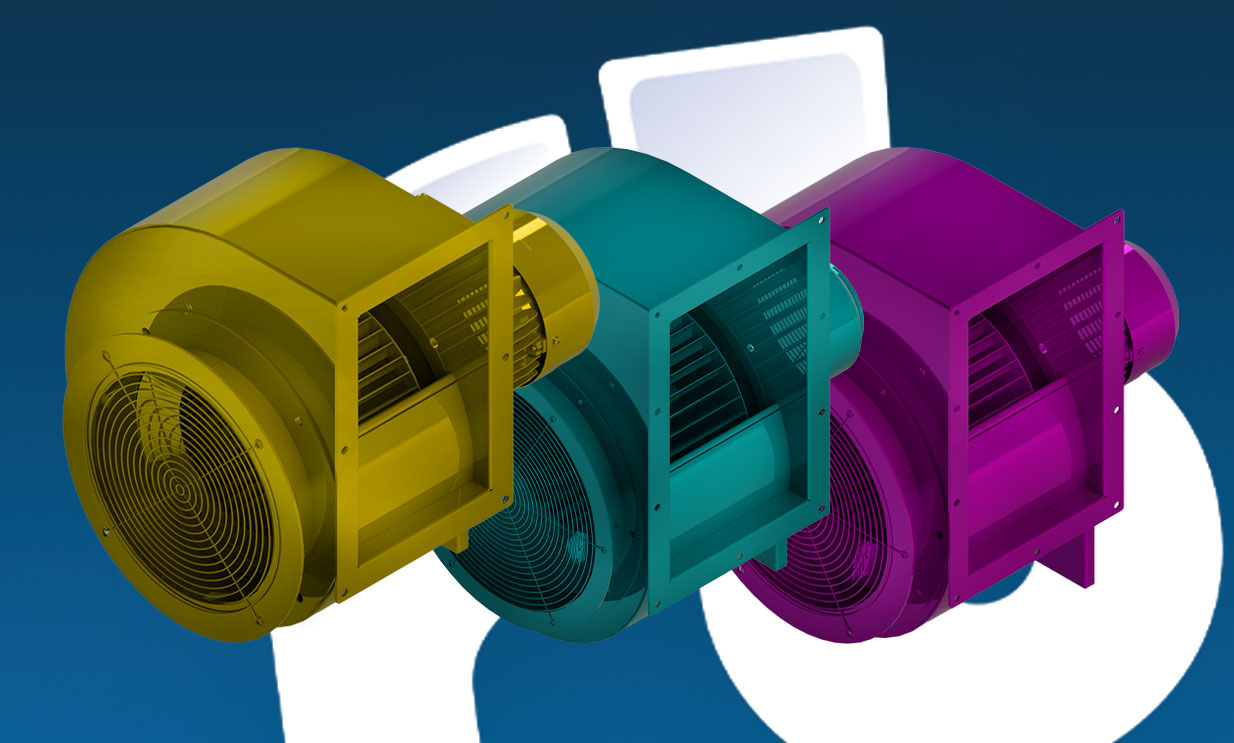


News
02.09.2025
Fan Laws, also known as the Affinity Laws, are a set of mathematical relationships that describe how key performance factors of a fan – such as airflow, pressure, and power – change when the speed or size of the fan impeller is adjusted.
These laws are widely used in the design, selection, and operation of industrial fans and blowers. By applying the fan laws, engineers can predict how a fan will perform under different operating conditions without needing to physically test every possible scenario.
In simple terms: Fan Laws allow you to forecast fan performance by using proportional equations.
Understanding and applying Fan Laws can:
Optimise efficiency – prevent over-sizing or under-sizing fans.
Save energy – predict power requirements before making speed changes.
Improve design accuracy – help engineers compare different fans.
Support system upgrades – evaluate how changes in speed or impeller size affect airflow.
The first law shows the relationship between fan speed (RPM) and airflow volume.
Formula: Q₂ / Q₁ = N₂ / N₁ or (N₂/N₁) x Q₁ = Q₂
Explanation: If you double the fan's speed, the airflow will double.
Where:
Q = Airflow (m³/hr or CFM)
N = Fan speed (RPM)
Key Insight: Air volume changes directly in proportion to speed.
If fan speed increases by 20%, the airflow also increases by 20%.
Example:
A fan producing 10,000 m³/hr at 1,000 RPM will deliver 12,000 m³/hr if the speed increases to 1,200 RPM.
The second law links fan speed with the pressure generated.
Formula: P₂ / P₁ = (N₂ / N₁)² or (N₂/N₁)² x P₁ = P₂
Explanation: If you double the fan's speed, the pressure it produces will quadruple.
Where:
P = Pressure (Pa)
N = Fan speed (RPM)
Key Insight: Pressure is proportional to the square of the speed ratio.
If speed increases by 20%, pressure increases by 44%.
Example:
If a fan develops 400 Pa at 1,000 RPM, raising the speed to 1,200 RPM will increase pressure to 576 Pa.
The third law shows how fan speed affects power consumption.
Formula: HP₂ / HP₁ = (N₂ / N₁ )³ or (N₂/N₁ )³ x HP₁ = HP₂
Explanation: If you double the fan's speed, the power it consumes will increase eightfold.
Where:
Pwr = Power absorbed by the fan (kW)
N = Fan speed (RPM)
Key Insight: Power varies with the cube of the speed ratio.
A 20% speed increase raises power consumption by 73%.
Example:
A fan using 5 kW at 1,000 RPM will require 8.65 kW at 1,200 RPM.
This demonstrates why careful energy considerations are essential when increasing fan speed.
While Fan Laws are powerful tools, they are based on several assumptions:
In real-world applications, losses due to ductwork, turbulence, and efficiency variations must also be considered.
The Affinity Fan Laws provide engineers and system designers with a reliable method to estimate fan performance without extensive testing. By applying these three fundamental laws of airflow, pressure, and power, you can make more informed decisions about fan sizing, efficiency, and energy consumption.
At Fans & Blowers, we use these principles every day to help our customers select the right fan for their application—balancing performance, cost, and efficiency.
Return To NewsKeep up to date with our
Our Range


Worldwide shipping
International standards
High performance

